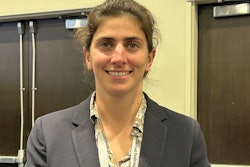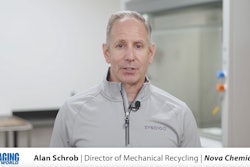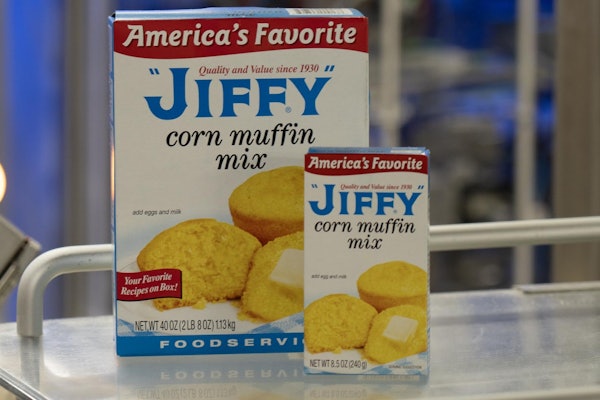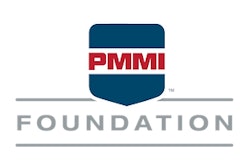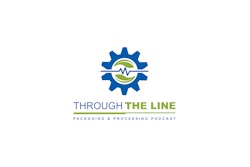
At the Plastics Recycling Conference in National Harbor, Md., this week, one session stood out not just for the complexity of the problem it tackled, but for the optimism it offered in tackling it. Titled “Reimagining PCR Procurement: Building Industry Capacity and Exploring Alternative Strategies,” speakers Crystal Baylis, director of strategy and engagement at the U.S. Plastics Pact, and Shannon Gordon, COO of Circular.co, challenged attendees to think differently about how post-consumer recycled content is sourced, funded, and integrated into packaging.
More than commitments—what it takes to execute
“There’s no shortage of voluntary commitments to use PCR,” said Bayliss. “But when it comes time to actually put PCR into packaging, we hit a wall of no’s. ‘It’s too expensive,’ ‘The quality’s not there,’ ‘There’s no supply continuity.’”
Bayliss argued that to close the loop on plastic circularity, we can’t just design for recyclability—we have to follow through with recycled content. “If nobody’s buying PCR, there’s no incentive to collect or process it. It’ll just go to landfill.”
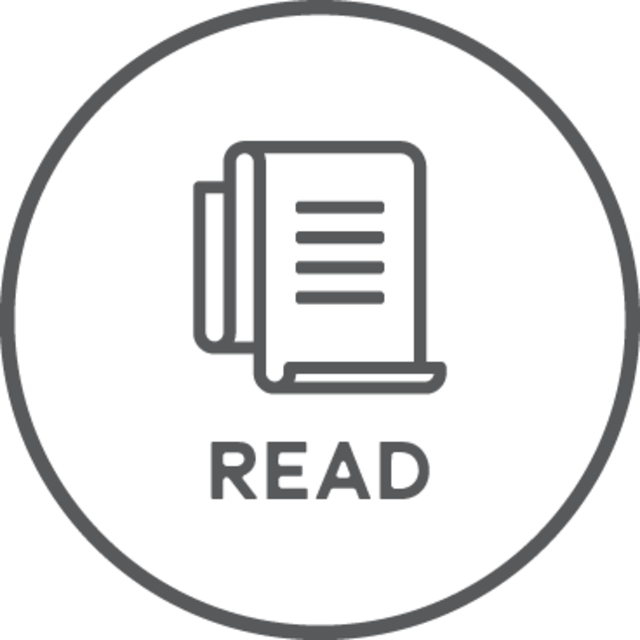 | Read this related article from the Plastics Recycling Conference, “North American Plastics Recycling: Trade, Trends & Challenges” |
Economics 101 meets environmental goals
Bayliss grounded the discussion in familiar territory: supply and demand. “The economics still drive this market. Virgin plastic has had decades of optimization—massive plants, high efficiency. PCR doesn’t have that infrastructure. Not yet,” she explained. “To bring down costs, we need investment and demand. That’s the path to scale.”
And that’s where procurement plays a critical role—not just as cost-cutters, but as industry builders. “Procurement folks often get a bad rap for saying no,” Bayliss said, “but they can be incredible partners when it comes to shaping new supply chains.”
New thinking, new contracts
So what does that partnership look like?
Bayliss pointed to creative contracting strategies, many of them borrowed from other industries, that could be applied to PCR. Think long-term agreements with price floors and ceilings, tolling arrangements, and even equipment funding for vendors. “We’ve used these in other categories for years,” she said. “Why not here?”
She also suggested stepping-stone markets like pallets or trash bags—applications that don’t require high-performance food-grade resins—as a way to stimulate early demand and unlock investment. “Think about the early days of cell phones,” she said. “We didn’t go from car phones to iPhones overnight. Demand drove innovation.”
The converter squeeze and the transparency gap
Circular.co’s Gordon picked up the conversation with an eye-opening analysis of the disconnect between brands, converters, and suppliers. “Everyone says they want PCR, but somehow it’s not showing up in packaging,” she noted. “Brands say they can’t find supply. Suppliers say there’s no demand. What’s missing is market transparency.”
Gordon explained that unlike virgin resin markets, the PCR ecosystem is fragmented, analog, and opaque. “Buyers only see a sliver of what’s out there,” she said. “They know five suppliers. But there might be fifty. That’s a sourcing problem, not a supply problem.”
She also highlighted the volatility of PCR pricing as a major deterrent for brand procurement teams. “When you compare stable virgin HDPE prices to volatile PCR prices, it’s easy to understand the hesitation. But when we ran an RFQ for a buyer, we found that actual transaction prices for recycled HDPE were often comparable.”
Case study: collaboration over cost-cutting
Gordon shared a case study from a retailer who flipped the procurement script—partnering with converters instead of pressuring them. By aggregating demand across multiple suppliers and offering long-term contracts, they enabled processors to lower prices and share the savings with converters. “It became a win-win,” said Gordon. “And it all started with transparency and collaboration.”
 Hydrablockers are a set of perceptions, or excuses, for not moving forward with procuring PCR.
Hydrablockers are a set of perceptions, or excuses, for not moving forward with procuring PCR.
She also offered a glimpse into Circular.co’s AI-powered platform, which consolidates global PCR data, pricing, supplier specs, and certifications into one streamlined sourcing tool. “Our goal is to replace ‘Hydrablockers’—the excuses—with data and options,” she said.
Making PCR make sense—for everyone
Both speakers acknowledged the need for policy to complement voluntary action. “Voluntary markets don’t always account for externalities,” Bayliss said. “That’s where government has a role. But in the meantime, we can do a lot with smarter procurement.”
She urged attendees to bring procurement into sustainability conversations early and often—and to broaden the scope of PCR usage beyond packaging. “You can use it in facility supplies, trash liners, secondary packaging. Those volumes add up.”
The session closed with a reminder that solving plastic waste requires the entire value chain working together, with shared goals and better communication. “We’re not going to get to 30% PCR with status quo thinking,” said Bayliss. “But if we change the way we think about buying recycled content—just like we’ve done in other categories—we can build a market that actually works.” PW


